Aluminium is the most abundant metal in the earth’s crust. It is also the second most widely used metal in the world after steel. While steel is harder and more resistant, aluminium possesses a higher strength to weight ratio, as well as a high corrosion resistance even in cold temperatures and a high electrical conductivity. Strong, but light – that makes aluminium the ideal material for a wide range of appliances, from household electronics to construction and machinery. But the most impressive use case of aluminium are surely airplanes. This is the story of how BUSS helps airplanes fly!
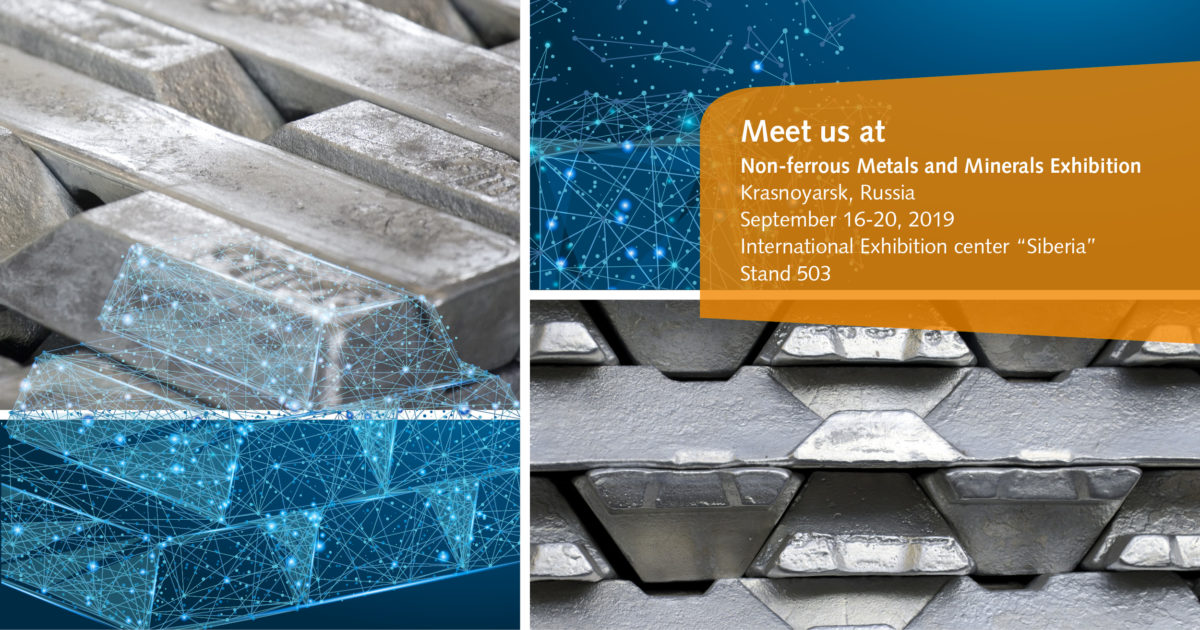
Aluminium doesn’t just appear in its pure form, but most commonly in the sedimentary rock bauxite. It’s a long and highly technical process from bauxite to aluminium. So, let’s break it down!
Literally breaking down bauxite in the Bayer process
Developed in 1888 by Carl Josef Bayer (not to be confused with Friedrich Bayer, the founder of the German pharmaceutical company!), the Bayer process is the principal procedure for obtaining alumina from the ore bauxite. To achieve that, the bauxite is heated and dissolved with a sodium hydroxide solution. Through this, the aluminium oxide / aluminium hydroxide mixture contained in this ore is separated from possible foreign components such as iron oxide and silicon oxide. This happens mainly in so-called fluidized bed plants. The extracted material is then baked to alumina (aluminium oxide).
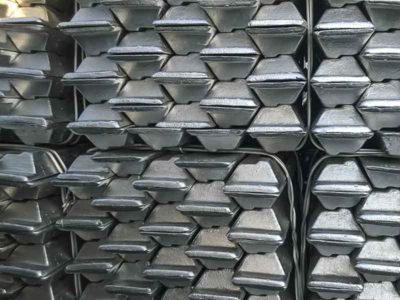
Melting, smelting and creating aluminium
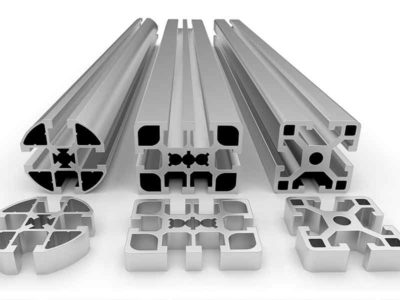
The alumina obtained in the Bayer process is simply the pure aluminium oxide. To extract the metallic aluminium from that, it needs to be smelted. Aluminium smelting is an electrolytical process, where the aluminium oxide is dissolved in a cyrolite melt bath and then reduced to aluminium at temperatures of approx. 950°C. The therefore required carbon is supplied via anodes to the cryolite melt bath. Additionally, the anodes are used to supply energy to generate the melt bath. During electrolysis, the anode continuously diminishes. Approximately 500 kg of anode material are required to produce one ton of pure aluminium. So, this is how metallic aluminium is won from a rock. Let’s get to the part, where BUSS comes into play.
Mixing high-quality anode paste with KX
The anode material needed to fuel the electrolysis consists of carbonaceous coke with pitch as binder. To produce this anode paste in the correct composition, the petroleum coke is crushed, dried, milled, sieved, sifted, and strictly separated for intermediate storage. Then, the milled coke is precisely weighed, preheated, and mixed with coal tar pitch serving as a binding agent. The coal tar pitch binding agent is directly injected in liquid form to the BUSS Kneader processing chamber. Its purpose is to shroud and penetrate the pores of the coke grains so as to bind them into a pasty mass. This compounding step plays a major role in anode production. The quality of the final anode mass has a significant influence on the properties of the aluminium. In order to achieve sufficient mixing quality and homogeneity, the specific energy input per ton into the anode mass during the preparation process is of great importance.
Since the electrolysis process is absolutely continuous, the 24/7 supply of anodes must not be interrupted. Proven technology is therefore essential in order to ensure maximum plant reliability. For decades BUSS Kneaders have been fulfilling exactly this task to the full satisfaction of our customers. The further development of the BUSS KE and CP Kneader types, the KX series, continues this tradition consistently.
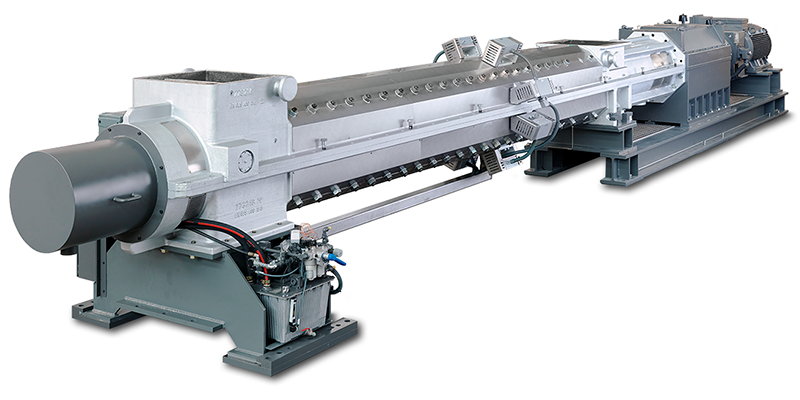
The BUSS KX Kneader series is designed to optimally meet all requirements for highest quality anode paste preparation. For example, the innovative feature of dynamic throttling slows down the mass flow to increase the filling degree in the kneading section, which ultimately optimises the mixing as well as the overall quality of the anode paste. Another reason for better quality is the advanced 4-flighted screw geometry, which allows up to 50 % more throughput compared to the traditional 3-flighted technology.
And this is how our BUSS 4-flighted technology helps create aluminium, which makes airplanes light and strong enough to fly! For more information about the BUSS anode paste mixing technology, meet us at the International Congress and Exhibition “Non-ferrous Metals and Minerals” in Krasnoyarsk, Russia, where we present our KX Kneader series from September, the 16th to the 20th at the International Exhibition center “Siberia”, Stand 503.
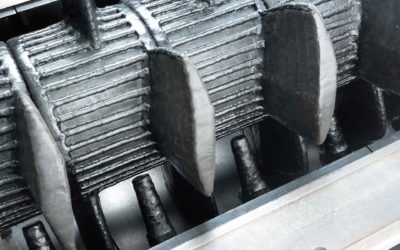
You can also read up about the BUSS anode paste mixing technology here: https://www.busscorp.cn/en/industries/anode-paste-for-aluminium-electrolysis/

